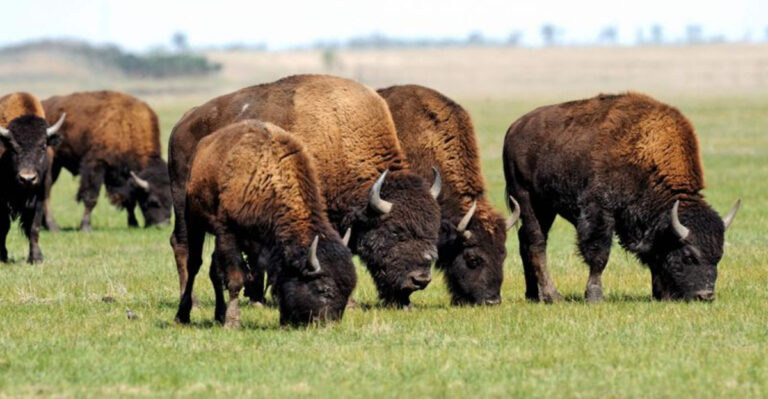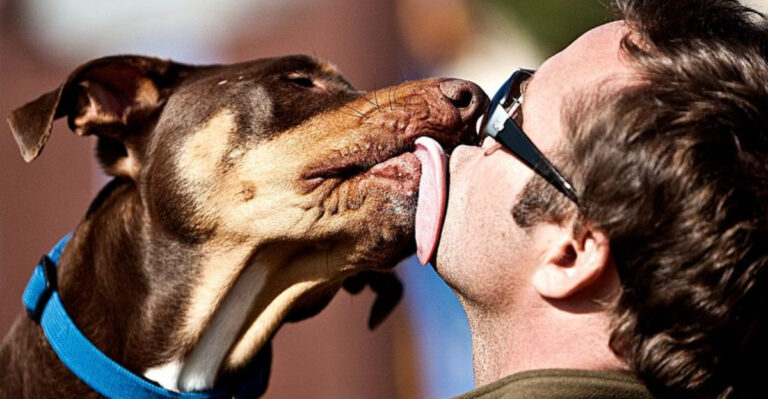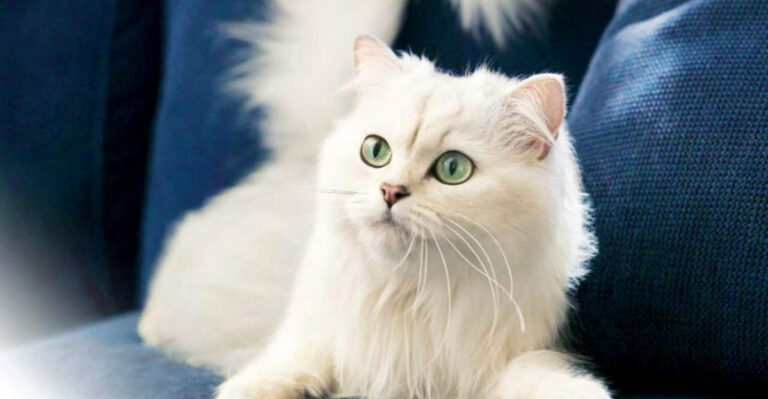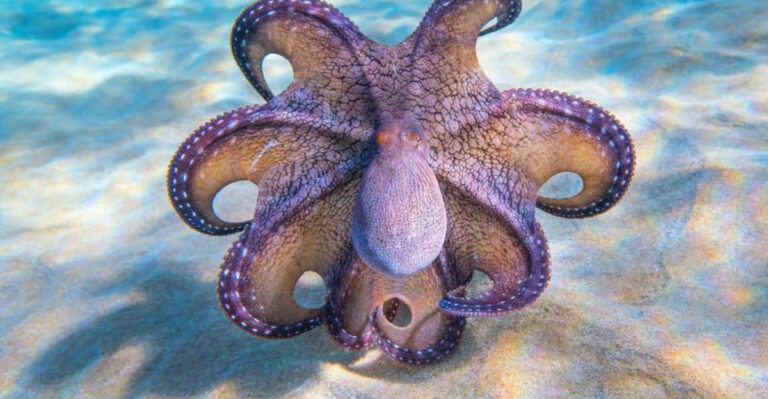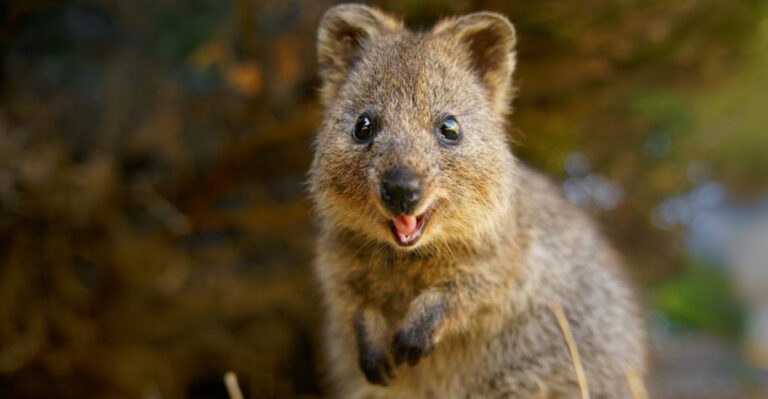Common Birdbath Mistakes And Simple Ways To Fix Them

Birdbaths transform ordinary backyards into bustling wildlife hubs, drawing feathered visitors for drinking, bathing, and socializing. But even with good intentions, many bird enthusiasts unknowingly make mistakes that keep birds away or potentially harm them.
Let’s explore common birdbath blunders and their simple solutions to create a bird paradise in your yard.
1. Water Too Deep
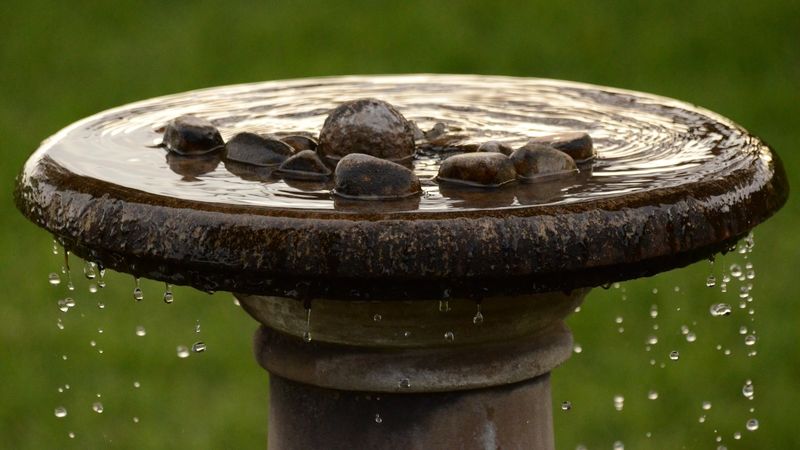
Most wild birds prefer shallow puddles, not swimming pools! They’re looking for depths of just 1-2 inches where they can stand comfortably while bathing.
Add smooth rocks or pebbles to create varying depths and landing spots. This simple addition makes your bath instantly more appealing and safer for smaller bird species.
2. Forgetting To Clean Regularly
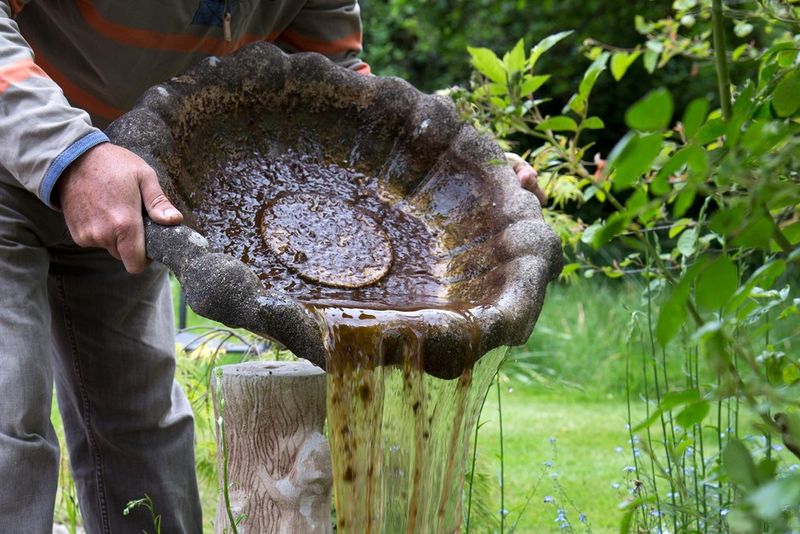
Slimy green surfaces and murky water won’t attract anything but mosquitoes. Birds avoid dirty water just like we do.
Empty and scrub your birdbath with a stiff brush every 2-3 days. Use a 9:1 water-to-vinegar solution for natural cleaning without harmful chemicals that could hurt your feathered friends.
3. Poor Location Choice

Hidden birdbaths rarely get visitors! Birds need to spot water from above while also feeling safe from predators.
Place your bath in a semi-open area with nearby trees or shrubs offering quick escape routes. Avoid dense undergrowth where cats might hide, and position it where you can enjoy watching from your window.
4. Slippery Surfaces
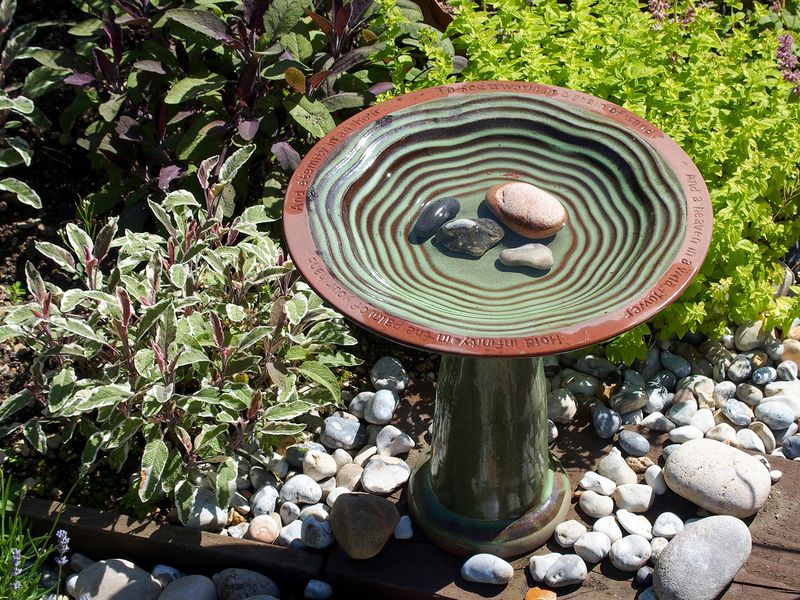
Glossy ceramic or metal basins become skating rinks for birds, causing stress and potential injuries. Birds need secure footing while bathing.
Line your bath with non-slip materials like river rocks, textured tiles, or even a rubber shelf liner. These additions provide essential grip while adding natural beauty to your water feature.
5. Stagnant Water
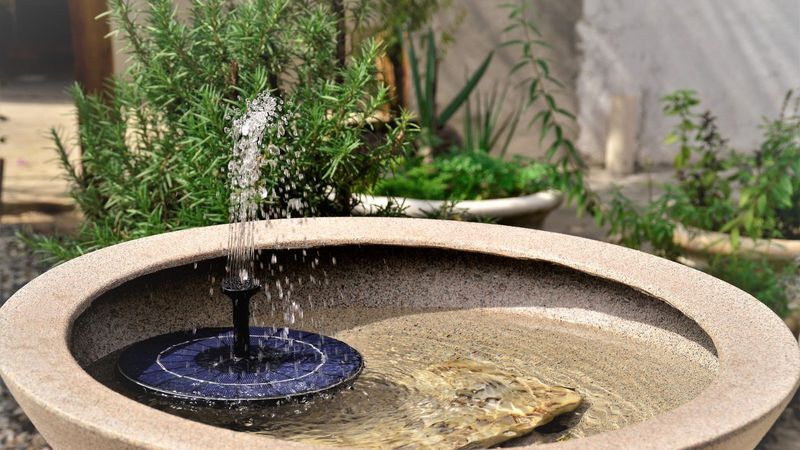
Still water quickly becomes a mosquito nursery and breeding ground for harmful bacteria. Moving water naturally attracts birds while staying fresher.
Add a small solar fountain or water wiggler – birds are drawn to the sound and sparkle of moving water. As a bonus, mosquitoes can’t lay eggs in rippling water!
6. Inconsistent Water Levels

Empty birdbaths disappoint thirsty visitors and discourage return visits. Birds develop routines around reliable water sources.
Check water levels daily, especially during hot weather when evaporation happens quickly. Consider automatic fillers or larger capacity baths for busy households. Consistency builds trust with your backyard birds.
7. Ignoring Winter Needs
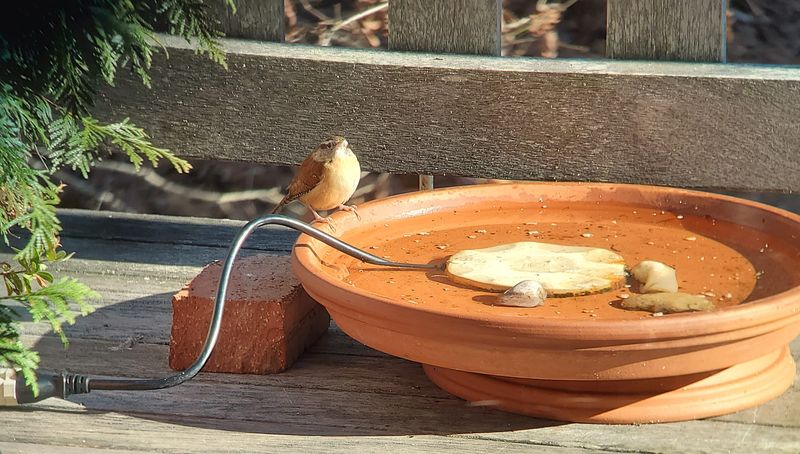
Freezing temperatures don’t eliminate birds’ need for drinking water – finding liquid water becomes their greatest winter challenge!
Invest in a heated birdbath or add a safe birdbath heater to your existing basin. Avoid chemicals or antifreeze solutions which can harm or kill birds. Clean winter baths even more frequently.
8. Too Much Sun Exposure

Water in full, all-day sun quickly becomes uncomfortably hot and evaporates rapidly. Birds prefer drinking and bathing in cooler water.
Position your bath where it receives morning sun but afternoon shade. This natural temperature regulation keeps water inviting throughout the day while reducing algae growth and evaporation rates.
9. Unsafe Surroundings
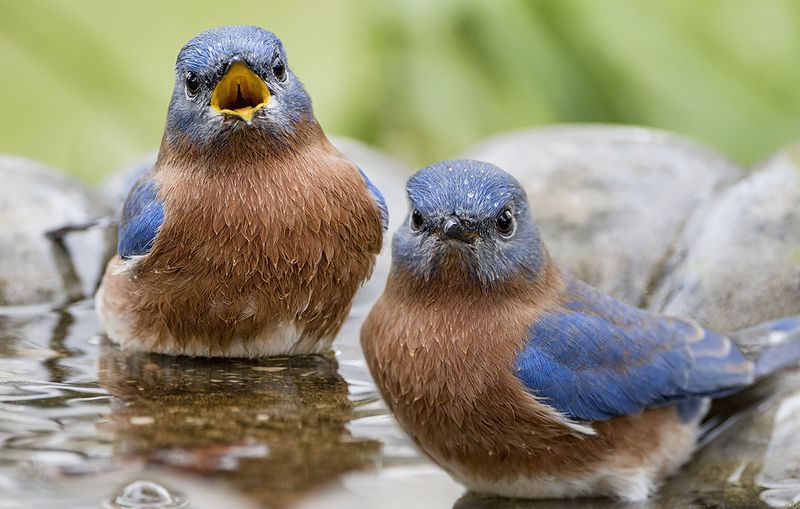
Birds feel vulnerable while bathing and won’t visit if they sense danger. Open, exposed areas make them easy targets for predators.
Create a safety zone with nearby bushes or branches for quick escapes and lookout perches. Keep bird feeders nearby but not directly over the bath to prevent seed contamination while maintaining a bird-friendly zone.
10. Bath Too High Or Low
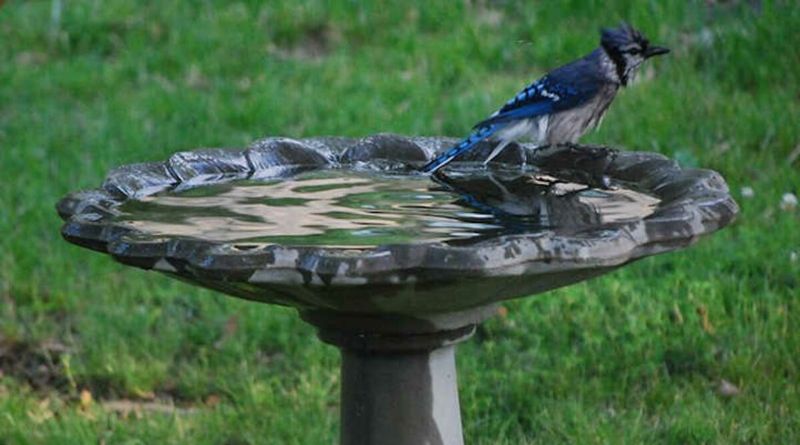
Ground-level baths invite neighborhood cats to an easy bird buffet, while extremely elevated baths remain undiscovered or inaccessible.
The ideal height is 2-3 feet off the ground – high enough to deter predators but visible to flying birds. Ensure the bath has a stable base that won’t tip when birds land on the rim.
11. Using Harmful Cleaners

Harsh chemicals leave residues that can damage feathers or poison birds when ingested. Even trace amounts of bleach can be harmful.
Stick to bird-safe cleaning methods using vinegar solutions, enzyme cleaners made for bird equipment, or simple elbow grease. Always rinse thoroughly multiple times before refilling with fresh water.
12. Forgetting The Dripper
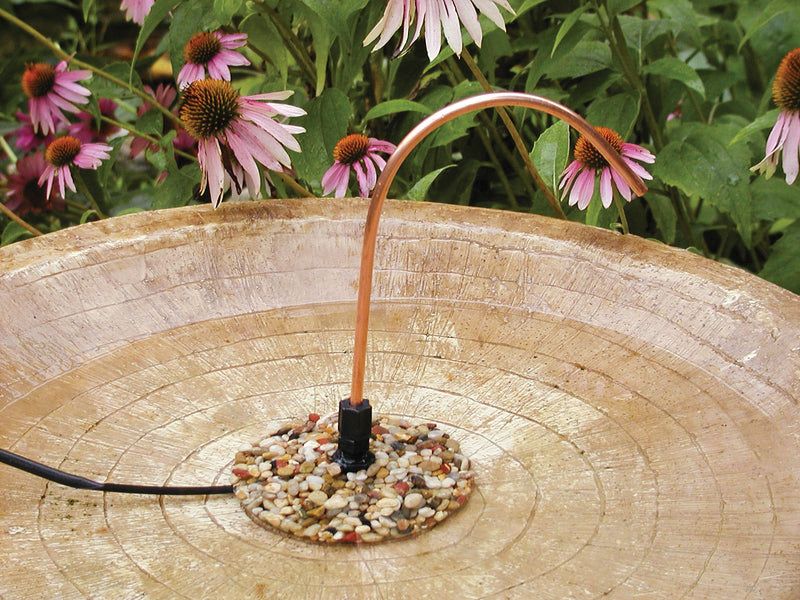
The gentle ‘plink’ of falling water acts like a dinner bell for birds! Moving water catches their attention from remarkable distances.
Create a simple dripper with a recycled container and small hole, or invest in a commercial dripper attachment. Position it to create gentle ripples across the bath’s surface for maximum visual and auditory appeal.
13. Boring, Plain Design
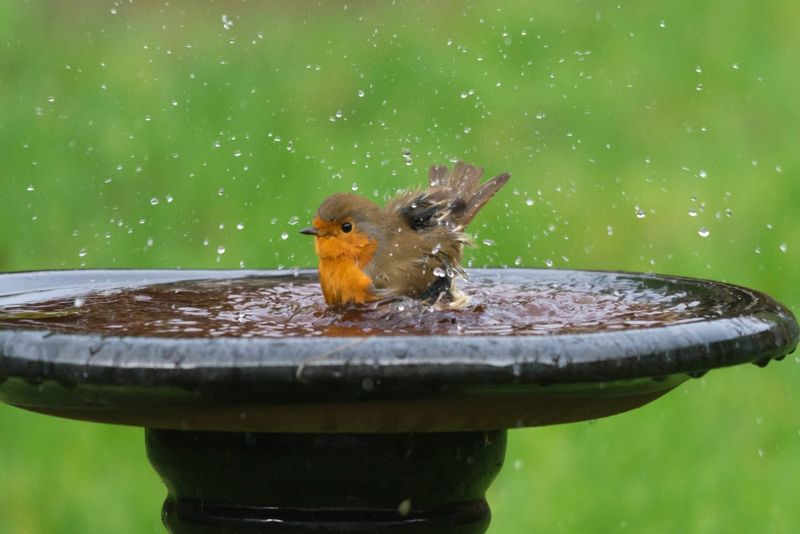
Single-level concrete baths lack the varied bathing options wild birds prefer. Different species have different bathing style preferences!
Upgrade with multiple bathing zones – shallow edges, deeper center areas, and textured surfaces. Add natural elements like branches crossing part of the bath as perches. These enhancements accommodate diverse bird species.
14. Neglecting Ground Bathers
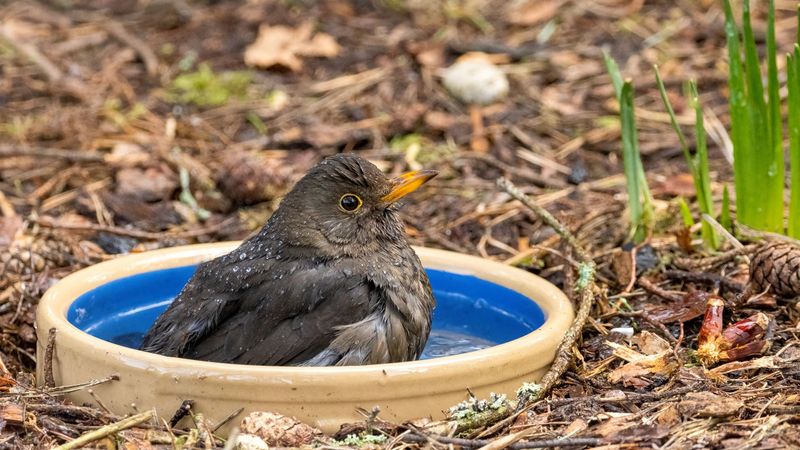
Not all birds use elevated baths! Doves, quail, and many songbirds prefer bathing at ground level where they naturally find puddles.
Create a second shallow bath option at ground level using a plant saucer or shallow dish. Place it near protective cover and change water daily, as ground baths collect debris faster.

